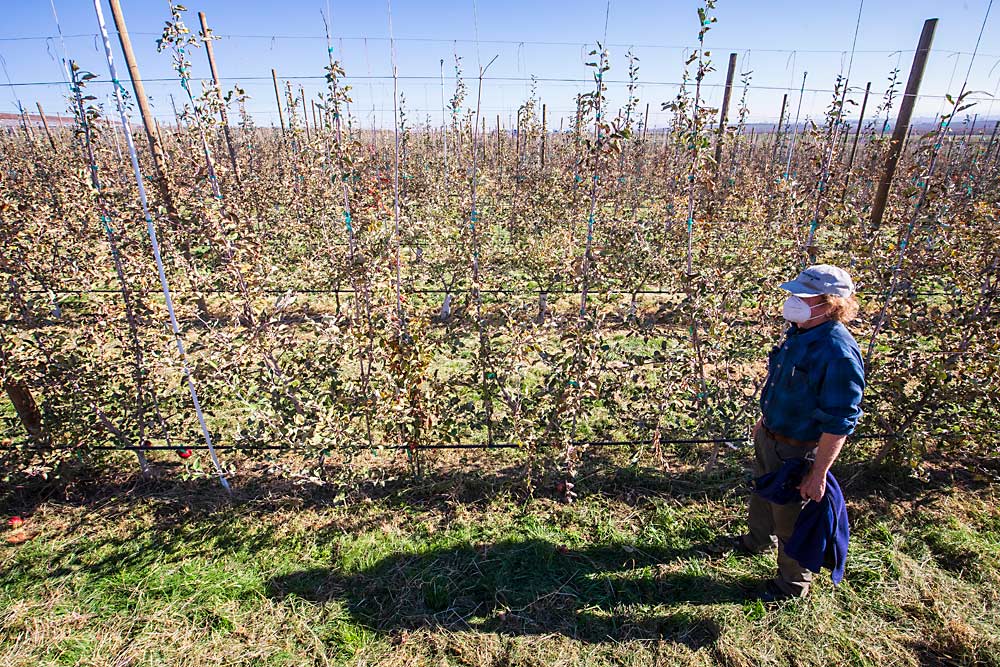
The typical approach to apple replant disease involves fumigation to eliminate the complex of pathogens in the soil, but a Washington trial has flipped the script, testing alternative soil treatments designed to both suppress the pathogens and recruit beneficial microorganisms to the root zone.
“This is particularly interesting to growers because if they can have a better balance of ‘the good guys and bad guys,’ that could have longer-term benefits for tree productivity,” said Tianna DuPont, a Washington State University extension specialist.
In 2017, DuPont partnered with U.S. Department of Agriculture pathologist Mark Mazzola to scale up the use of two soil treatments — mustard seed meal and anaerobic soil disinfestation — that, in small scale trials, Mazzola had shown could outperform fumigation. The goal was to understand the practicality and cost of field implementation, DuPont said, as well as how consistent the treatments’ effects would be across a variable orchard block.
On the first point, they made a lot of progress. On the second, DuPont said she needs a few more years of tree growth and yield to really assess performance. So far, the data show that the alternative treatments work, but it is unclear whether they work well enough to be worth the hassle and expense.
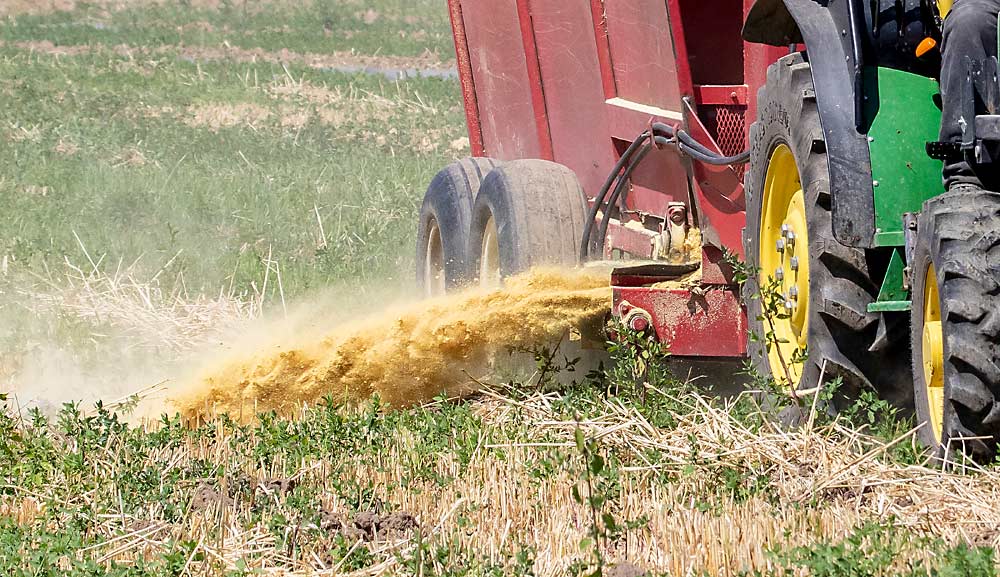
For the mustard treatment, the seed meal is applied with a spreader to the future tree rows, tilled in and then covered with a plastic film to trap the volatile compounds released from the meal that begin the process of changing the soil community. The anaerobic soil disinfestation involves adding a carbon source — such as hay — to the field, flooding it and then covering it, creating an oxygen-free decomposition zone that kills soil pathogens.
While fumigation costs $900 an acre, the mustard meal costs $6,100 per acre, including supplies and equipment, and the anaerobic soil disinfestation costs $2,600 if the hay is brought in or $600 if it’s grown in place, according to DuPont’s calculations.
Mazzola cautioned growers not to think of the treatments as simply biofumigants. He prefers the term biorenovation, because it does more than replace fumigation.
“It’s not just about chemistry; it’s about biology,” he said. “We’ve consistently changed the evolutionary trajectory of the soil microbiome.”
Take the lesion nematode, for example, he said. It’s a key component of the replant disease complex: After fumigation, it moves back into the clean slate of soil, over time, but after mustard meal treatments, lesion nematode pressure stays low in every trial he’s done over the past decade, he said. Mazzola recently retired from the USDA but he remains affiliated with Stellenbosch University and continues to collaborate on several research projects.
Findings so far
In the field-scale trial, both biorenovations significantly altered the microbe makeup in the root zone, also known as the rhizosphere, compared to the fumigated soils. In the mustard treatment, that difference included lower levels of lesion nematode and key replant pathogens Ilyonectria robusta and Rhizoctonia spp.
But what growers want to know is whether those soil microbe changes boost yield, DuPont said, and therefore, if they are worth the cost and hassle.
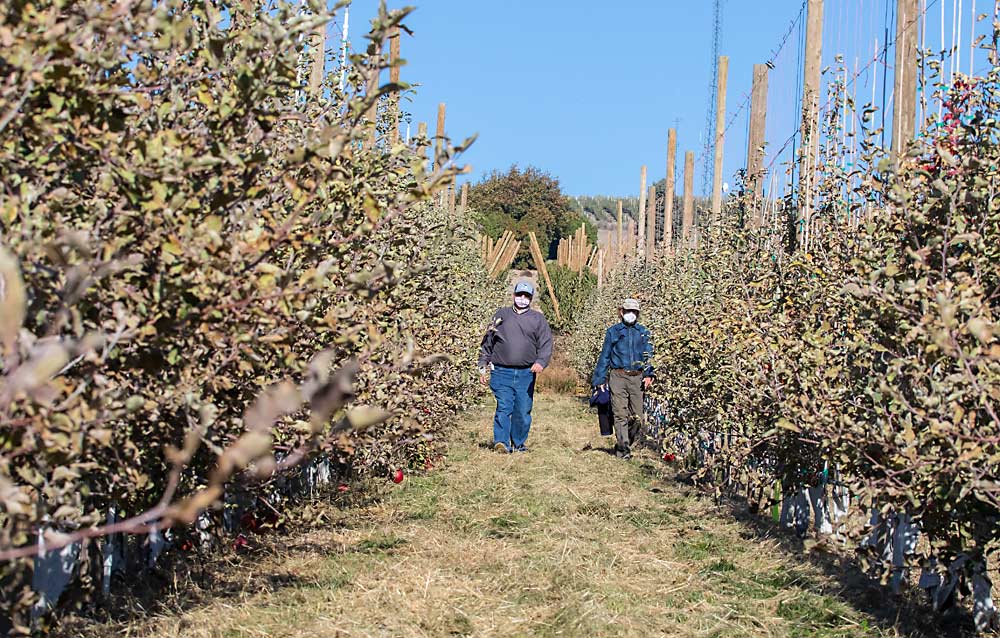
It’s too soon to assess yield, but tree growth following mustard meal treatments is generally comparable to fumigation, she said, except in a block of WA 38 planted on M.9 at WSU’s Rock Island orchard, where the mustard had a much stronger positive effect.
It’s not surprising to see the effect vary by rootstock, Mazzola said. In fact, some rootstocks’ natural ability to attract the “good guys” to the root zone is a key component of what makes some rootstocks more replant tolerant than others, he said. (See: From root to fruit.)
For grower Mike Robinson, who hosted the trial in an Othello WA 38 block he planned to manage organically, the results so far are underwhelming.
“There’s probably more difference from cropping and soil type than there is from the treatments,” he said. “When I bring something out at scale, I want to be able to drive the row and say — there’s the treatment effect — and I don’t think we got it here.”
He’ll stick with fumigants going forward, Robinson said, but he remains optimistic that this field of research will deliver more insights into how to harness the soil biology to boost tree performance.
“I’m still excited about the concept,” he said. “We still have a lot to learn about the microbes in the soil and how they relate to tree health.”
Next steps
DuPont will continue to monitor tree growth and yields at all three trial sites. Three years of yield data will help determine how the benefits of the alternative treatments compare to the costs, she said.
There’s new evidence that the mustard meal application rates could potentially be cut in half, cutting the cost of that treatment nearly in half as well, DuPont said. She’s also interested in trying a spring application timing, rather than fall.
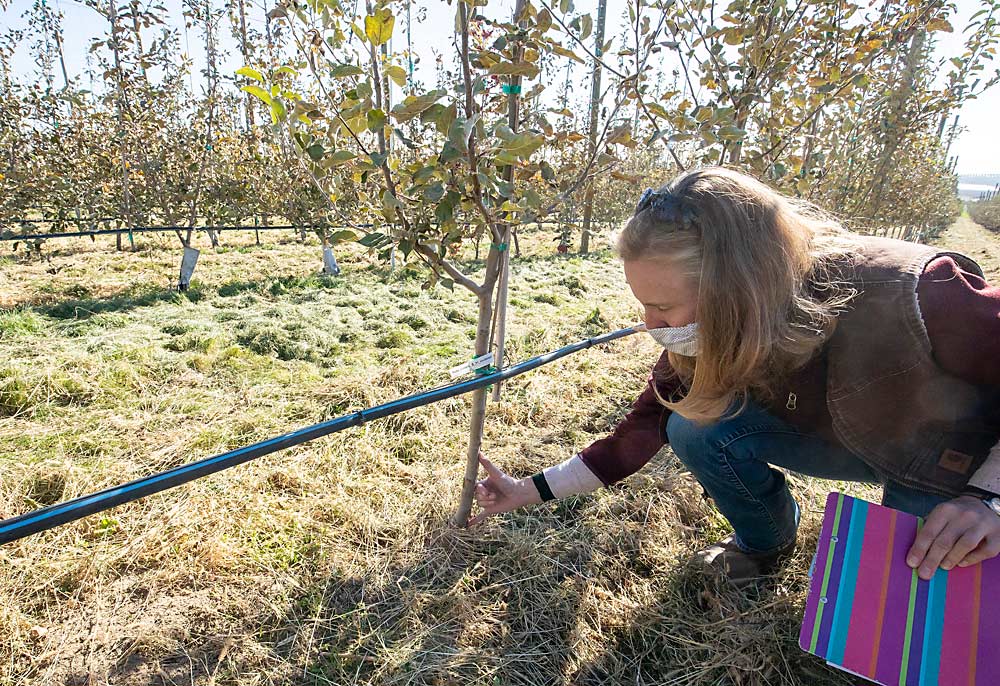
On the research front, Mazzola and collaborators in Israel hope to identify key metabolites produced by the interaction of the microbes and the mustard-treated soil that trigger recruitment of beneficials.
“We’re trying to take this chemically complex system with the seed meal and break it down so we can perhaps use specific metabolites to recruit that beneficial microbiome,” he said. “Could we simplify it down to the signal that recruits the ‘good guys’ with less of the noise?”
The study is in its infancy, Mazzola said, but they’ve already identified one chemical that has an impact on the microbe community similar to that of the mustard meal treatment. For practical purposes, they are focused on chemistries that would be commercially available and safe for use, he said.
Meanwhile, Tracey Somera, a molecular biology researcher at the USDA lab in Wenatchee who worked with Mazzola before his retirement, recently received funding from the Washington Tree Fruit Research Commission for a new two-year project for soil microbiome work. In a potted plant trial, she will look at how soil amendments such as mustard meal, mushroom compost, chicken manure and chitin could be used following fumigation to refill the resulting clean slate with disease-suppressing microorganisms.
There’s still so much to learn about soil biology and how growers may be able to harness it to improve their fruit production, Mazzola said. Even though much remains uncertain about how best to put these emerging insights to commercial use, one thing is clear, he said: “Don’t ignore your soil microbiome. It has the ability to change your management.” •
ONLINE
For details on the mustard meal and anaerobic soil disinfestation techniques, the cost breakdown and data collected so far, check out the article “Evaluating IPM Methods to Control Apple Replant Disease” on the WSU Tree Fruit website at: treefruit.wsu.edu/article/replant_trials
—by Kate Prengaman

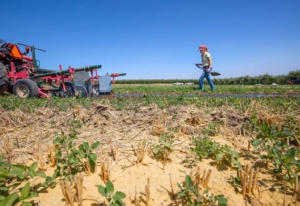





Leave A Comment